In what’s becoming an annual tradition, my friend Shira and I visited the Brooklyn Botanic Garden last weekend to check in with the cherry blossoms. The garden maintains a live-updated map of each cherry tree’s inflorescence, classified with terms like “prebloom” and “post-peak bloom.” I can only gather that the hundreds of influencers who visit the garden to pose beneath the cherry trees pay close attention to this map to find peak aesthetic surroundings.
I love this level of scrutiny directed toward a plant. It’s the World Cup of trees, and everybody holds their breath. We wait and watch for a kind of public birth, then gather to share its sights and smells. The same goes for fall foliage, or a rare corpse flower bloom.
As luck would have it, the date we selected weeks ago did not align with peak cherry blossom bloom. However a couple trees were on full display.
Every cherry tree blossoms, but only a few are cultivated specifically for their flowers. They come in shades from neon pink to lily white and explode with blooms before extending new leaves and branches. These trees make sacrifices to enhance and extend their blooms’ beauty. Most varieties won’t bear fruit in the climates they’re planted. Many don’t exhibit the enticing aroma used in culinary applications. Some are completely sterile. Even still, the blossoms only last a week or two, ephemeral as spring itself.
To ensure genetic integrity, these flowering cherry trees are cloned or grafted; they’re rarely grown from seed. They need us to survive, and considering the cherry blossom’s cultural significance, we may need them. In 1912, Japan gave the United States 3,000 cherry trees in the spirit of friendship. This gift laid the foundation for the National Cherry Blossom festival hosted in Washington, DC, and turned the city into a flowering cherry tourist draw that rivals some sites in Japan. In 1945, a small number of cherry trees survived the atom bombing of Hiroshima and Nagasaki. A handful remain to this day; you can read detailed profiles of each thanks to this project by the Hiroshima Green Legacy Initiative.
These are some of the garden’s magnolia trees, which were all in peak bloom during our visit. My friend loves these trees, and I can see why. The floppy flowers appear cartoon-like up close, just as vivid as cherry blossoms and two to three times the size. Fresh magnolia blossoms taste like pickled ginger, and can be eaten raw or cooked.
Magnolias are dinosaur trees. Some fossils date back 95 million years. So old were these plants that they pre-dated the arrival of pollinating bees. Instead, scientists theorize the rugged flowers adapted to attract ancient beetles.
From a bonsai perspective, I’m most attracted to magnolia trees for their contorted, muscular limbs. When I close my eyes and think of a bonsai, its branches look like a magnolia. I took photos as study references for later, and resolved to keep a close eye on my neighborhood magnolias this season. The more I do bonsai, the more I realize how important it is to observe trees in their element and see how they grow.
This magnolia caught my eye in particular. For such a stately specimen, its structure appears light and airy. Every branch has its place in the cloud-like canopy, reaching upwards and outwards.
I think I’ve lost the plot with my flowering water jasmine tree, which I’ve been training in a rigid upright style with horizontal foliage pads. I may chop it and start again with this magnolia as a reference, to attempt a more natural style that resembles a flowering tree in a garden, calling the beetles home for dinner.
Tree reading
The fight to defend Atlanta’s forest from a $90 million police training site boondoggle has grown dire. Tree-cutting began last week as demonstrators continue to put their lives on the line against a violent police actions. [Atlanta Journal-Constitution]
If you admire cherry blossoms, consider the redbud, a pretty-in-pink flowering tree that grows native across the United States, and possibly on your street. [In Defense of Plants]

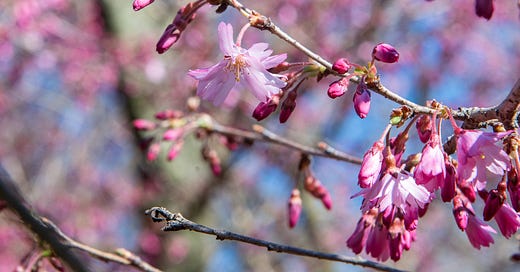

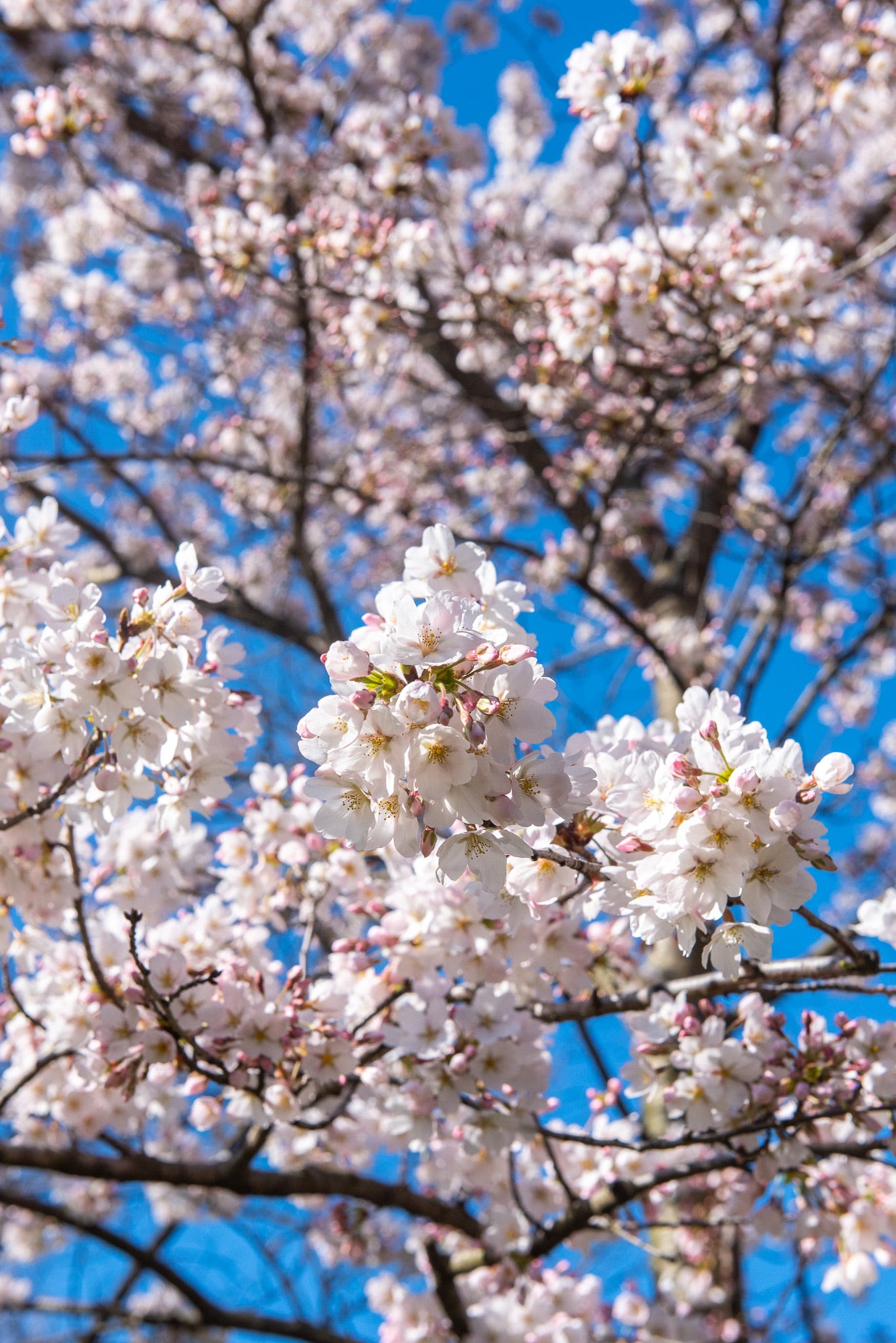

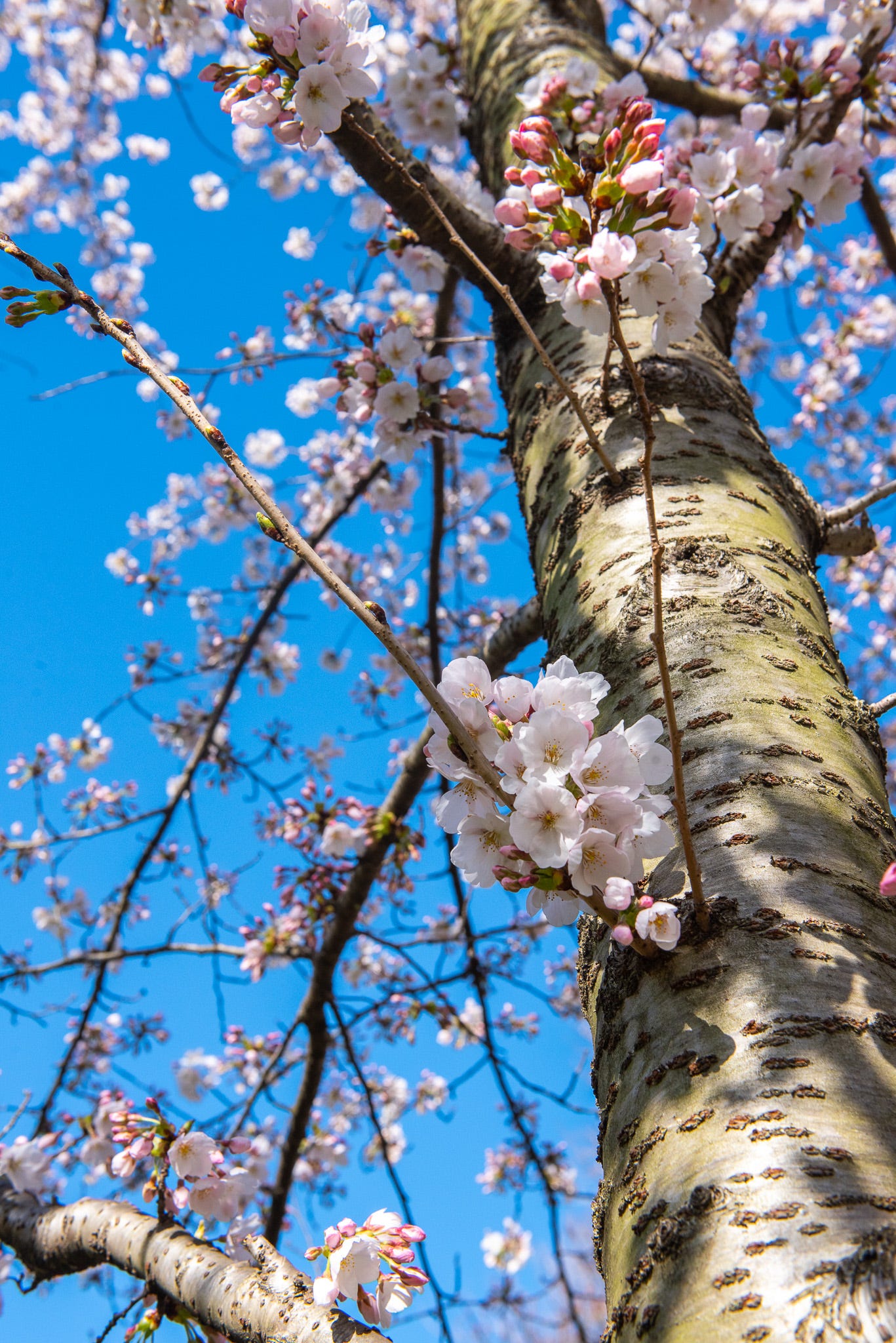
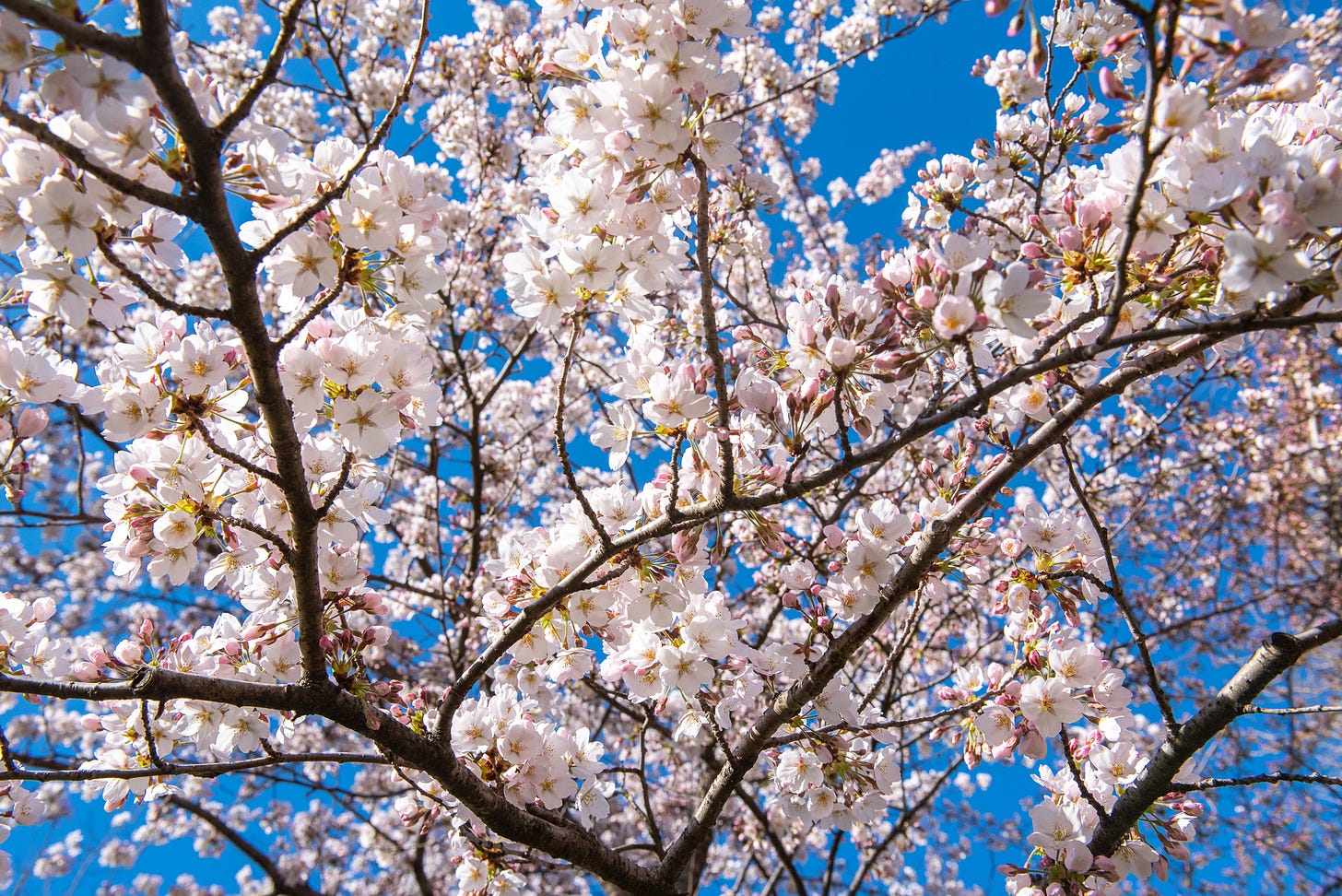
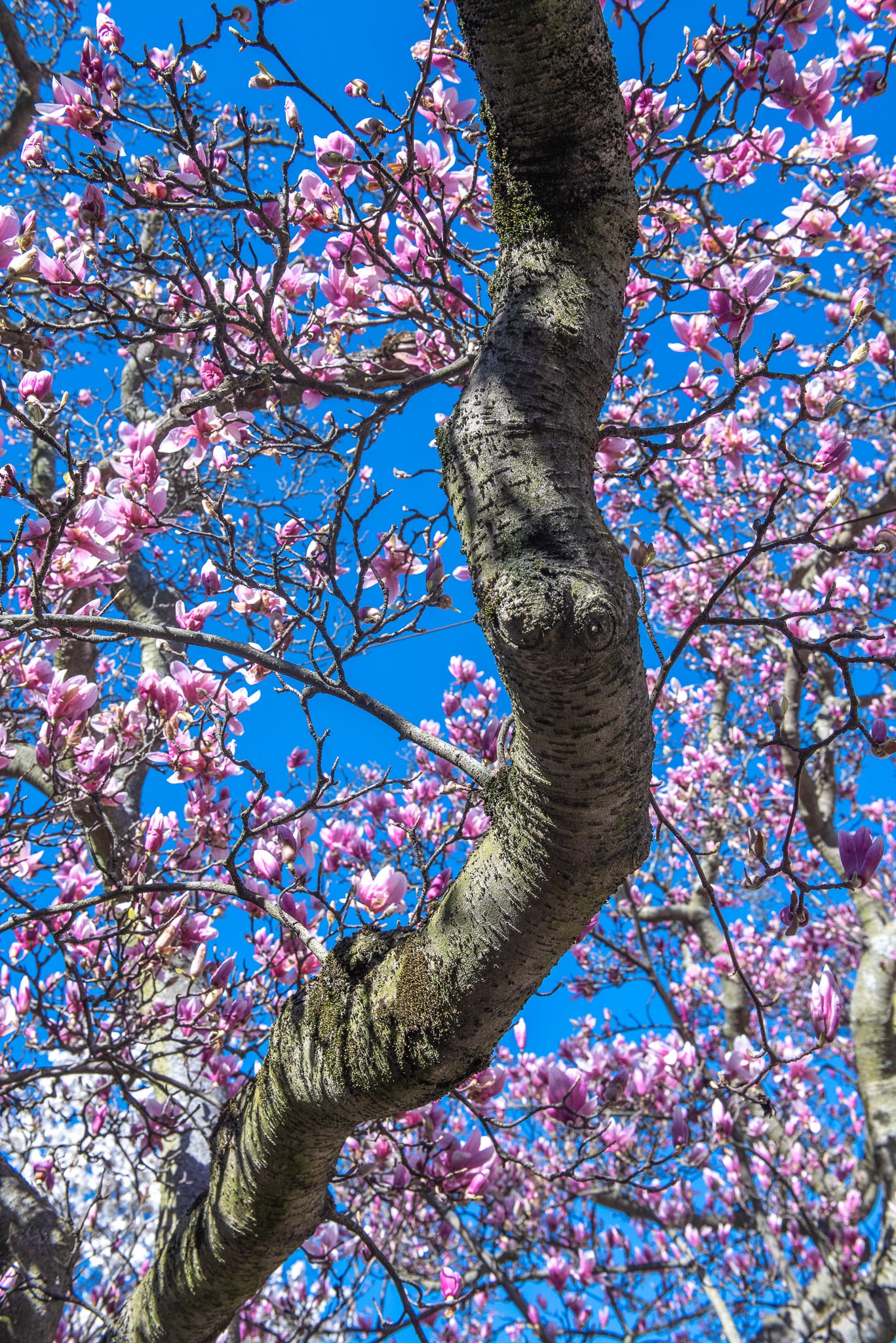

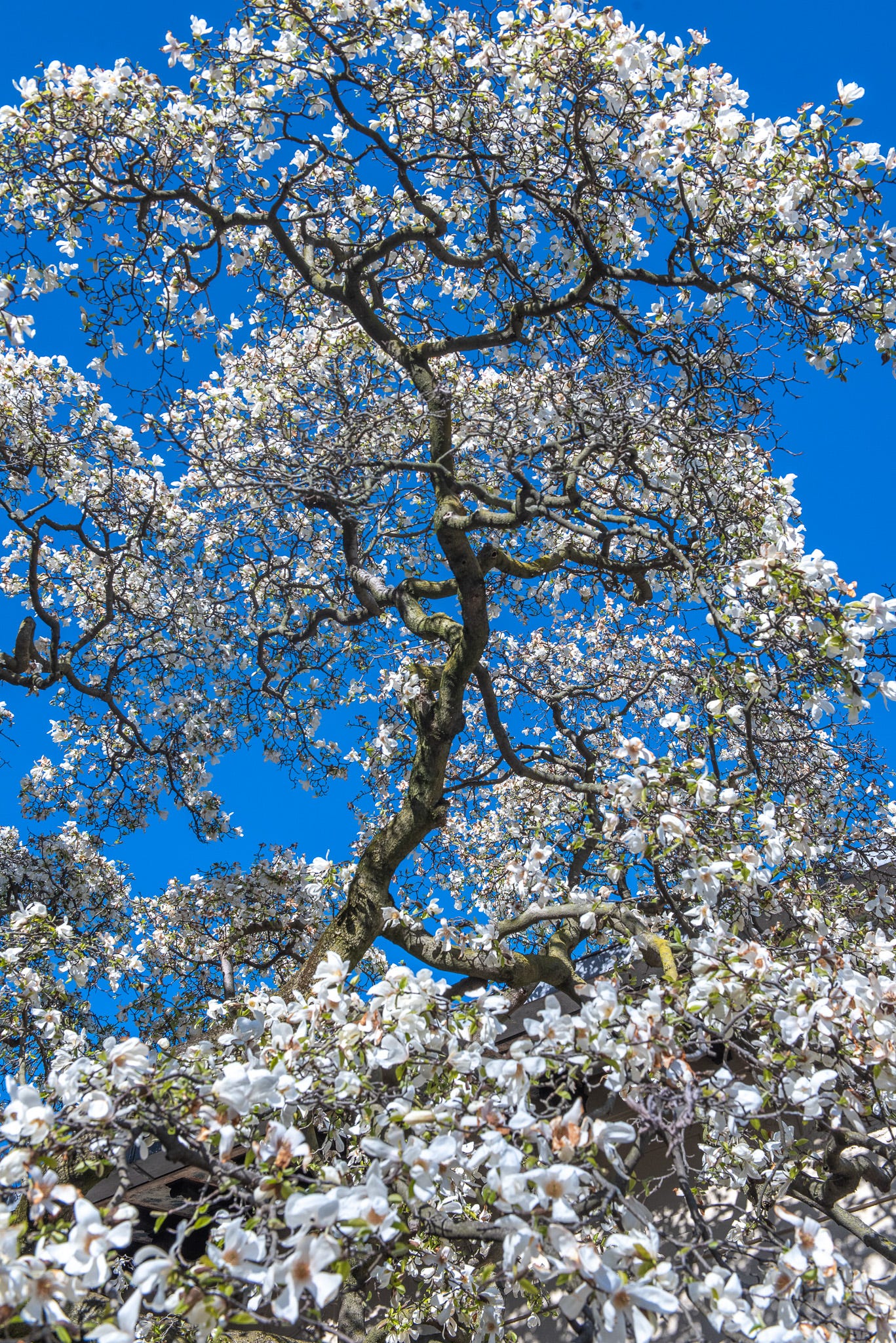
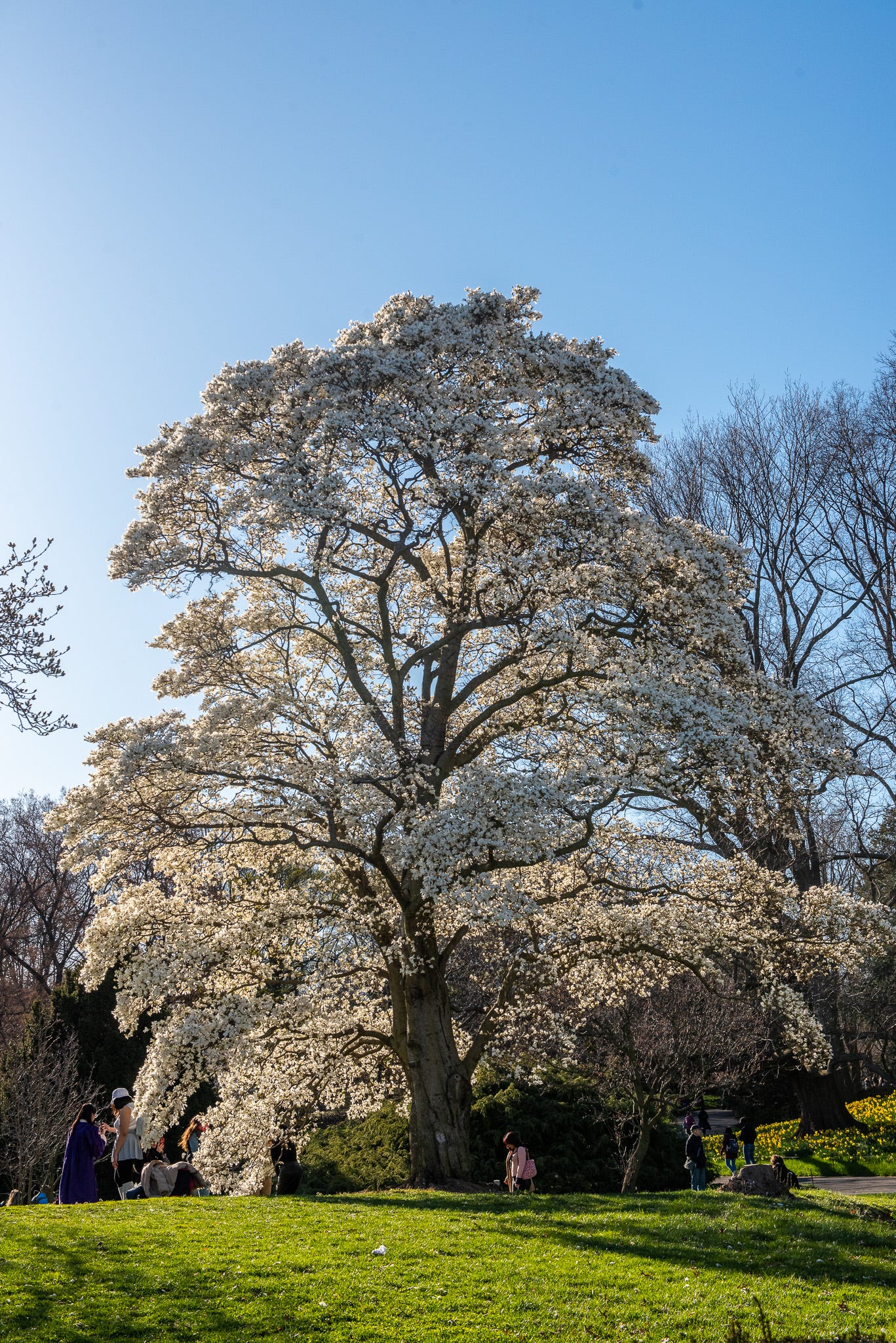
Wow! That last photo. Gorgeous.